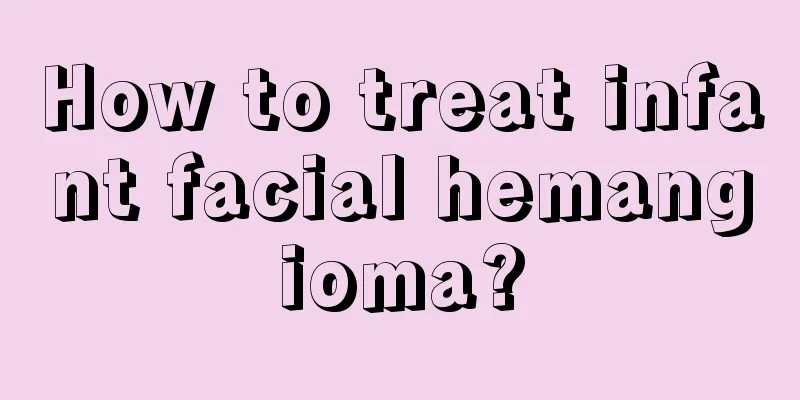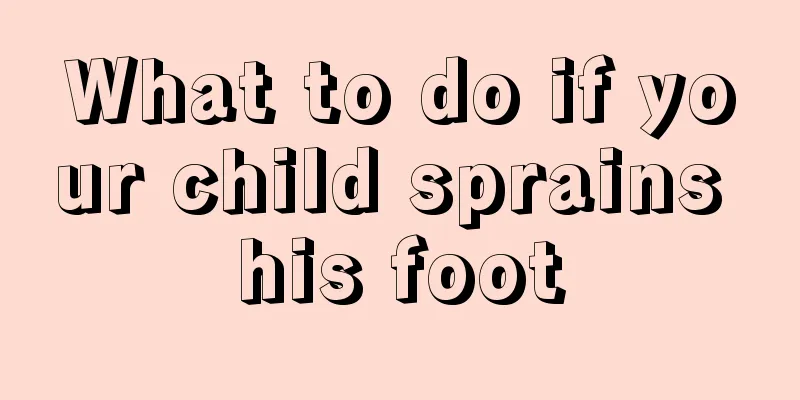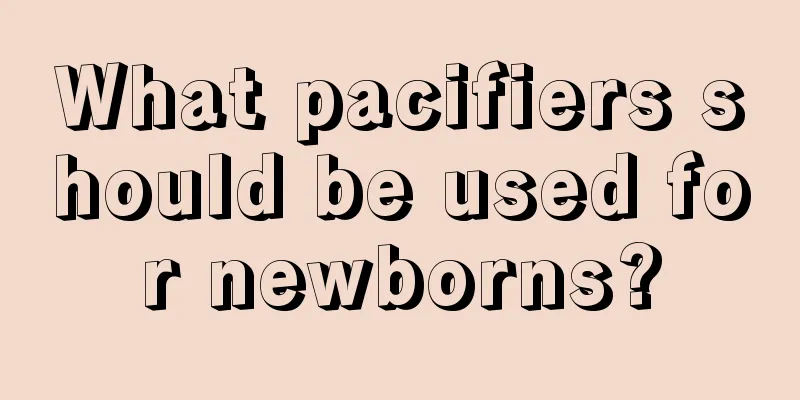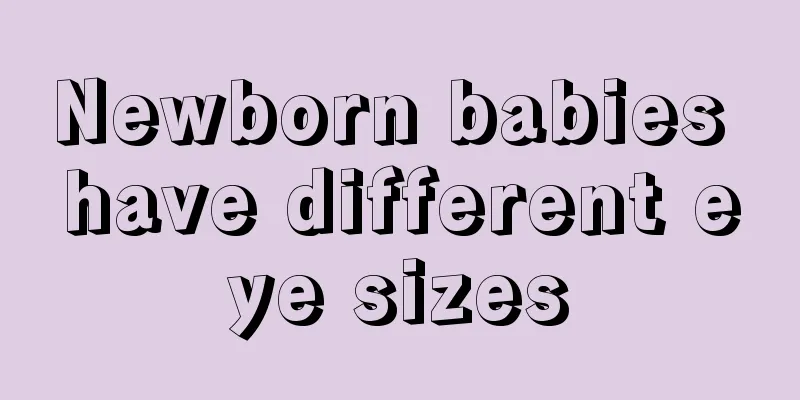How to treat infant facial hemangioma?

|
Hemangioma is one of the common diseases in infants. Every parent hopes that their child is healthy, but the occurrence of hemangioma not only affects health, but also affects the aesthetics of the face. This makes the parents of the children very worried, so once the hemangioma is discovered, it must be treated promptly. So, what is the best way to treat facial hemangiomas in infants? What are the symptoms of infantile hemangioma? What should I do if my child has hemangioma on his head and face? There are five common types of hemangiomas, not every type requires treatment, and some will resolve on their own. Please read the following introduction to confirm which type your baby has and then treat it accordingly. Hemangioma is a common benign tumor in children. About 3/4 of children's hemangiomas are present at birth, and the rest appear within 1 year old. It is more common in baby girls than in baby boys. Hemangiomas often occur on the skin of the face and limbs, affecting appearance. They can also cause bleeding due to trauma, friction, and scratching, and may cause bacterial infection. Some hemangiomas grow quickly at first, then slowly, or even disappear on their own. Parents should closely observe the growth of infantile hemangiomas, provide good home care, and grasp the best time for treatment. Common hemangiomas in children include the following: Orange Spot The patches are present at birth and vary in size. They are orange-red or light red in color, not protruding above the surface of the skin, and fade when pressed lightly. Their color deepens when the baby cries. Orange spots are often seen on the forehead, upper eyelids and occipital region. They usually disappear on their own within a few months after birth and do not require any treatment. Erythematous nevus Also known as port wine stain. It exists at birth and is a light red or dark red patch that does not fade when pressed. It does not protrude above the surface of the skin. It is located in the dermis and is composed of a network of capillaries. After birth, the nevus erythematosus grows in proportion to the body's growth but no longer expands in area. Erythematous nevus cannot disappear on its own. Apart from affecting the appearance, erythematous nevus generally has no other harm, and cryosurgery can be used when necessary. The above is an introduction to how to treat facial hemangiomas in infants and the classification of hemangioma symptoms. In fact, the earlier the hemangioma is treated, the higher the chance of cure. Therefore, when the baby shows discomfort or abnormal symptoms, he should go to the hospital for examination and treatment in time. Do not delay the treatment to avoid missing the best time for treatment. |
<<: How to treat infantile hemangioma?
>>: Symptoms of capillary hemangioma in infants
Recommend
Prevention and treatment of zinc deficiency in children
As we all know in life, children in the growth an...
Why is the newborn baby's hair yellow?
I believe many people have seen that the hair of ...
What is the height and weight standard for a six-month-old baby?
As newborn babies grow up day by day, don't t...
What causes children to have fever and convulsions?
Many families have reported that their children o...
What to do if a child has repeated fever due to tonsillitis? Diet therapy is effective
Tonsils are very important immune organs in our b...
What to do if your child has ear knots
Ear knots are a type of secretion that many peopl...
Causes and treatments of loose stools in children
What is the reason for children's loose stool...
What is the best bottle for babies?
Newborns mainly rely on breast milk to obtain the...
Height and weight chart of six-year-old boy
Children are the apple of their parents' eyes...
When does the lanugo fall off?
Lanugo refers to the fluffy hair on the body of a...
What causes children to lack sleep?
Children's lack of sleep may be a situation t...
How to treat baby's calcium deficiency chicken breast
Pigeon chest in children is a very common disease...
Whooping cough symptoms in children
Whooping cough in children is a common disease in...
Why do children sweat easily?
Many children have problems with night sweats. It...
What are the dangers of enlarged tonsils in children?
Enlarged tonsils are very common in our lives, es...









